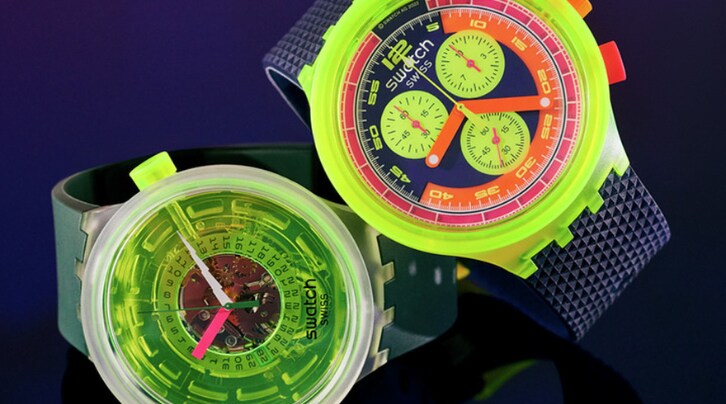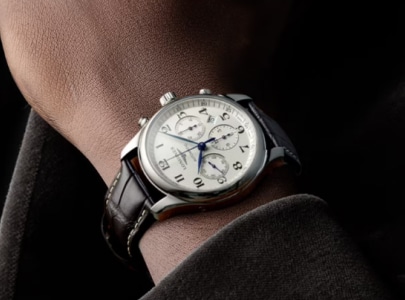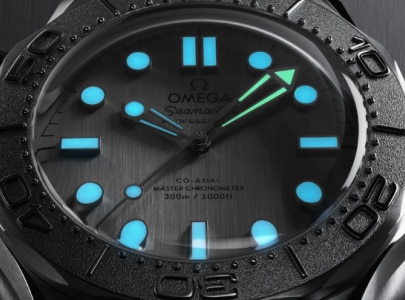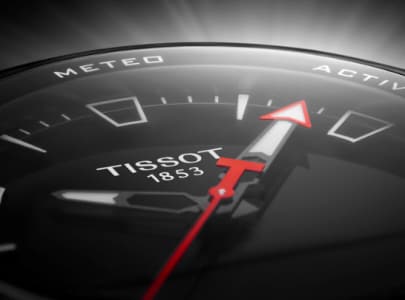Watchmakers are like magicians: they give life to an inanimate mechanical object which, when reassembled, almost miraculously is able to move hands and counters with various functions. The magic of the passing of time, the mystery of what brings us face to face with the inexplicable, the extraordinary, the supernatural. While our brain wonders how to explain what we observe with our eyes, hands are moving as if under the effect of an illusionist.
Etymologically, the word watch means to observe. All the magic of watchmaking lies precisely in this ability to impress the viewer, to create mechanical illusions able to delight our senses and put time itself on hold. Indeed, for most of us, the simplest mechanics of a watch are already a mystery. A window into human ingenuity, represented by the ballet of hands, whether two (hour and minute), three or more. Historically, before the 17th century, watches only used to have one hand. Subsequently, the second appeared, then a third, and more recently sometimes even a fourth. Watchmakers are masters of the kinetic arts and play like illusionists to deceive our senses, as if to defy the inexorable passage of time. What could be more fascinating for an enthusiast to see hands levitate as in a vacuum. If you are not a watchmaker, you wonder what is moving the hands as if by magic, with such regularity.
Indeed, they are moved by a mechanism that transfers energy to them, causing them to move forward on the dial to indicate the current time. And if the hands turn from left to right, it's because at the time of the first sundials, which appeared in the northern hemisphere, the sun created a movement on the dial that went from left to right. Subsequently, watchmaking retained this customary practice, which became a convention. Most of the time, the hands are attached to the centre of the dial, except for those related to additional functions, which move in windows or off-centre sub-dials. The shortest and thickest one indicates the hour, it's the small hand. The large hand that points to the minutes is much longer than that of the hours. It's always longer to allow for easier reading. The thinnest, of the same length, is that of seconds, otherwise called a petite seconde, or grande trotteuse. Indeed, it advances in jumps like a horse in full gallop. 60 jumps per minute allow it to go around the dial and drive the movement of the minute hand. The small second hand, unlike the large one, is not attached at the centre of the dial, but it's placed on a sub-dial, in order to represent the main hour second hand.
On some models, the main hands may be placed off-centre or otherwise. Finally, you should know that there are countless different types of watch hands: baton-shaped, in the shape of hearts or even circles. It's what watchmakers do: still today, they always come up with new technical or poetic ways of telling or showing the time.



